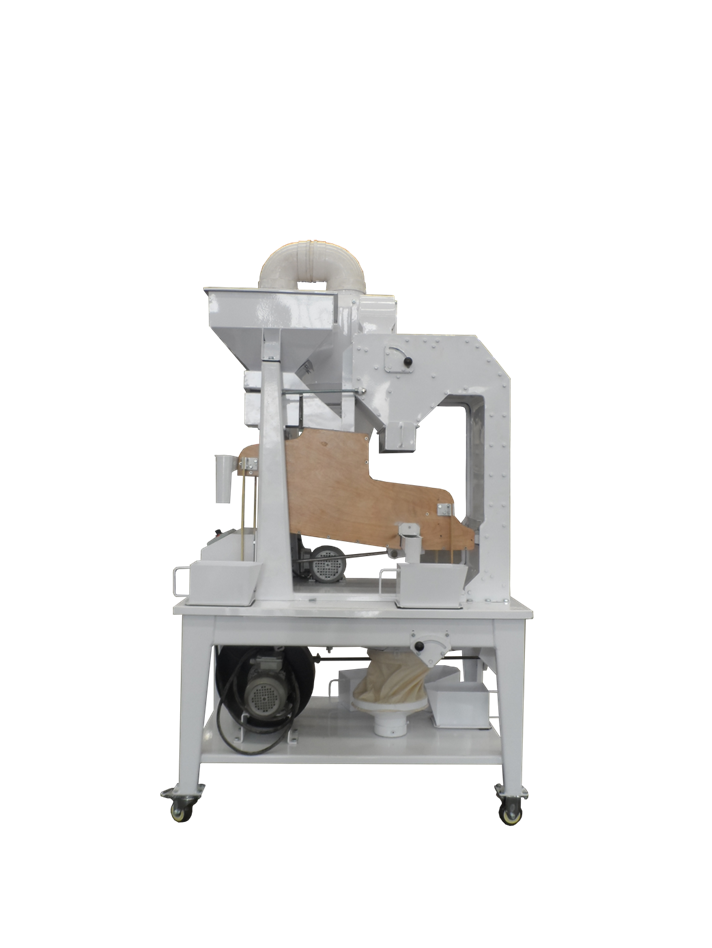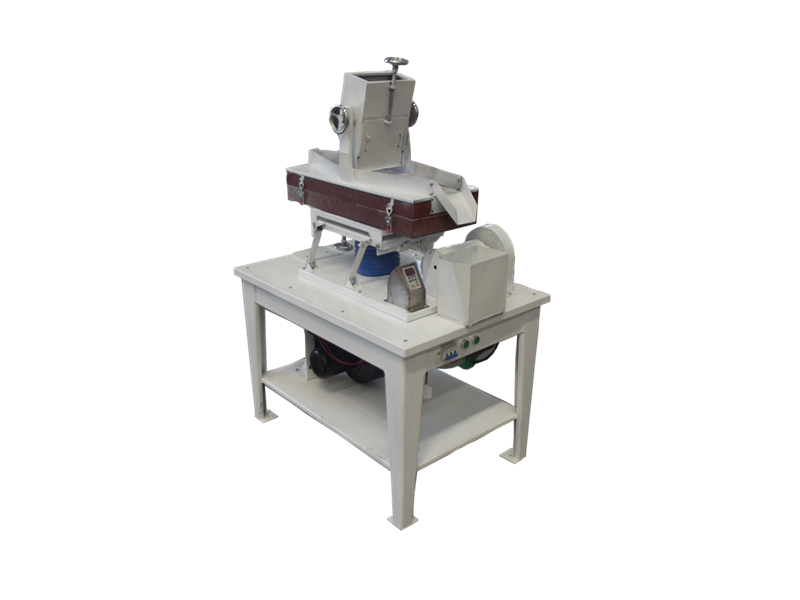With the development of society and economy and the improvement of urban construction level, large trees are also increasingly used in various types of green land, especially key projects, and they often reflect the effect of afforestation and beautification in a relatively short period of time. It will need to grow a certain number of big trees.
Transplantation of large trees requires a lot of manpower, machinery, equipment, and capital. At the same time, the regeneration ability of big trees is significantly weakened compared with young young trees, and it is difficult to survive. Therefore, the maintenance and management of newly planted trees is particularly important.
The conservation and management of newly planted trees should focus on the following two major aspects:
First, keep the balance of water metabolism of the tree
Large trees, especially those that have not been transplanted or dismantled, will suffer great damage to the root system during the transplant process, and their water absorption capacity will be greatly reduced. Tree is often withered due to lack of water supply, water metabolism, and even death. Therefore, maintaining the balance of water metabolism in the tree is the key to the maintenance and management of new planting trees and the improvement of the survival rate of transplants. To this end, we must specifically do the following:
(a) Above ground moisture:
1. Wrap up
Use straw ropes, pouches, mosses, and Other materials to wrap the trunk tightly and compare the thick branches. The above dressing has a certain degree of moisture retention and heat retention. After being treated with a bag, one can avoid direct light and dry wind, reducing the evaporation of water from trunks and branches. Secondly, it can store a certain amount of moisture to keep the branches moist. Third, it can adjust the temperature of branches and reduce the temperature and temperature. Low temperature damage to the branches, the effect is better. At present, some areas use plastic film to dry, this method is good in the tree dormant stage, but the tree should be promptly replaced before sprouting. Because the poor permeability of the plastic film is not conducive to the respiration of wrapped branches, especially in the hot season, the internal heat is difficult to be distributed in time, causing high temperatures, burning branches, buds or buds, causing damage to the tree.
2. Water spray
The above-ground part of the tree (especially the leaf surface) is susceptible to water loss due to transpiration and must be sprayed with moisture in time. Spraying water is required to be fine and uniform, sprayed on all parts of the ground and surrounding space to provide a humid microclimate environment for the tree. High-pressure water spray can be used, or the water supply pipe can be installed above the canopy, and one or more fine-hole nozzles can be sprayed according to the size of the canopy, and the effect is better, but it is more labor-consuming. Some people adopt the method of “suspending salt waterâ€, that is, putting a number of salt water bottles filled with clean water on the branches, and using the principle of hanging salt water, let the water in the bottles slowly drip on the trees, and add water regularly, which saves labor. It also saves investment. However, the water spray is not uniform enough and the amount of water is difficult to control. The tree that is generally used for crown removal needs to be moisturized after spraying branches and leaves.
Shade
In the early stage of transplanting large trees or in the high-temperature and dry season, shady shades should be used to reduce the temperature in the sheds and reduce the water evaporation in the trees. In areas where plants are planted in rows, grown in dense areas, and where density is high, it is advisable to build large sheds, save materials and facilitate management, and solitary planting trees should be planted by plants. All shades are required to be shaded. A distance of about 50 centimeters from the canopy is maintained above and around the arbours to ensure that there is a certain amount of air flow space in the shed and to prevent sunken damage to the canopy. The degree of shading is about 70%, so that the tree receives a certain amount of scattered light, in order to ensure the tree's photosynthesis. Later, depending on the growth of the trees and the changes in the season, shades are gradually removed.
(b) Promoting new roots:
1. Water control
Newly transplanted trees have reduced root water absorption and less soil moisture requirements. Therefore, just keep the soil moist. Excessive water content in the soil will affect the permeability of the soil, inhibit the respiration of the roots, and be detrimental to rooting. Severely, it will lead to the death of rot. For this reason, on the one hand, we must strictly control the amount of soil watered. For the first time when transplanting, it should be irrigated. Afterwards, depending on the weather conditions, the soil texture, inspection and analysis, and careful watering. At the same time, beware of excessive water droplets entering the root zone when spraying. In the second aspect, it is necessary to prevent tree pool water accumulation. The watering hole left after planting should be filled or slightly higher than the surrounding ground after the first irrigating, to prevent rain or water accumulation when watering. At the same time, in the low-lying and easily reclamated areas, open drains to ensure timely drainage on rainy days. In the third aspect, it is necessary to maintain a suitable groundwater level (general requirements -1.5 meters or less). At the higher groundwater level, net drainage should be done. When the water level rises in the flood season, deep wells can be dug in the outer part of the root system, and the groundwater can be pumped out of the site with a pump to prevent flooding.
2. Protect sprouts
The sprouting of new shoots is a sign of the physiological activity of newly planted trees and is a hope for the survival of big trees. More importantly, the germination of the aerial part of the tree has a natural and effective stimulating effect on the root system and can promote the germination of the root system. Therefore, in the initial stage of transplantation, the sprouts of the trees that are heavily pruned during transplantation must be protected, and the branches should be pulled out. After the trees survive, they are trimmed. At the same time, after the sprouting of the tree, special efforts should be made to enhance water spray, shading, disease prevention and pest management, and ensure the normal growth of shoots and shoots.
3. Soil ventilation
Maintaining good air permeability in the soil is beneficial to root germination. To this end, on the one hand, we must do a good job of cultivating loose soil to prevent soil compaction. On the other hand, always check the soil ventilation facilities (snorkel or bamboo cage). If it is found that the ventilation facility is clogged or has accumulated water, it should be promptly removed to maintain good ventilation performance.
Second, tree protection
Newly transplanted trees have reduced resistance and are vulnerable to natural disasters, diseases, pests, humans, and livestock. They must be guarded against.
1. Support
being targeted. After the tree is planted, it should be supported and fixed. Beware of dumping. The positive triangle pile is most conducive to the stability of the tree, and the supporting point is about 2/3 of the height of the tree, and a protective layer is added to prevent injury to the skin.
2. Disease prevention and pest control
Persist in prevention, based on the characteristics of tree species and the law of occurrence and development of diseases and pests, diligently check and do preventive work. In the event of a medical condition, it is necessary to prescribe the right medicine and prevent it in time.
3. Fertilization
Fertilization helps restore tree vigor. At the initial stage of transplanting large trees, the roots have low suction fertility, and it is advisable to use extra-root fertilizer, usually about two weeks. With urea, ammonium sulfate, potassium dihydrogen phosphate and other readily available fertilizers formulated into a concentration of 0.5% to 1% of the fertilizer solution, select the morning and evening or cloudy day for spraying, in case of rainfall should be re-spray once. After the roots germinate, the soil can be fertilized.
4. Antifreeze
The shoots and roots of new planting trees germinate late, the annual growth cycle is short, and the accumulation of nutrients is small. Therefore, the organization is not full, and it is vulnerable to low temperature hazards. The work of freezing protection and insulation should be done well. On the one hand, after entering the fall, we must control nitrogen fertilizer, increase phosphorus and potassium fertilizers, and gradually extend the lighting time, increase the light intensity, in order to increase the degree of lignification of the tree, and improve its ability to resist cold. Second, do a good job of tree insulation before the onset of the winter cold wave. It can be protected by covering soil, covering the ground, setting up wind barriers, and setting up plastic greenhouses.
In addition, propaganda and education should be done in areas where the concentration of people is relatively concentrated or in other areas that are vulnerable to man-made and livestock destruction. At the same time, bamboo fences can be set up for protection.
The conservation methods and conservation priorities of newly planted trees differ depending on their environmental conditions, seasons, and the actual conditions of the trees. It is necessary for us to analyze in practice and grasp the main aspects of the contradiction. We can use it flexibly because of the time, place, and cause of the tree in order to receive the expected results.
Laboratory seed equipment is designed for laboratory use as well as for small scale production in research stations, institutes, college study, seeds companies.
Lab seed cleaning/ processing equipment is our featured product. We have a wide lab equipment range. Including lab seed cleaner & grader, Lab Gravity Separator, lab destoner, lab de-awner, lab thresher, lab Indented Cylinder , lab air cleaner, lab grader, Seed Coating Machine, seed counter etc. So we can offer laboratory equipment from seeds pre-treatment like removing husking, to cleaning, until final seeds coating. Lab Seed Equipment is used for batch and continuous flow separation. Normally lab equipment is being used after one another. Finally operators get the satisfied result. The lab machines help researchers found the seeds feature data base.
All lab seed equipment is high accuracy separating rate. It can effectively remove the impurity, grade seeds by different principles as size, specific weight, length, etc.
The laboratory seed machines are all equipped with single control panel. There are frequency converters inside. Besides the control panel, there are many adjusting handles on machine too. The machine vibration, air volume, table inclination are all adjustable. And equipment sieves/sieve beds are all changeable. This make the lab seed equipment meet different type seeds processing.
Laboratory seed processing equipment is quite fit for vegetable seeds, flower seeds, grass seeds, alfafa and similar small seeds cleaning and study. Now lab seed equipment becoming our hot products.



Laboratory Seed Equipments,Lab Seed Equipment,Lab Grain Equipment,Laboratory Grain Seed Equipment
SHIJIAZHUANG SYNMEC INTERNATIONAL TRADING LIMITED , https://www.seedgraincleaner.com